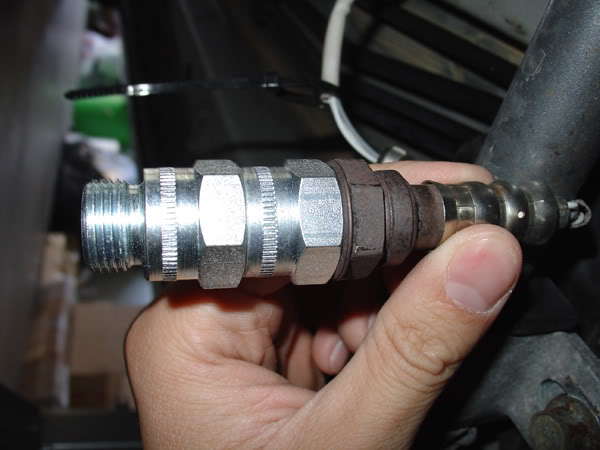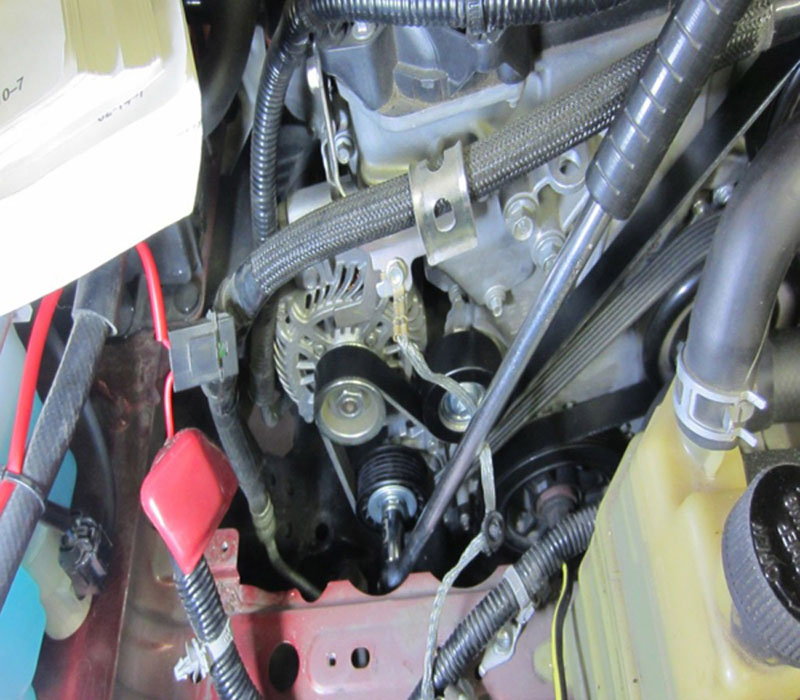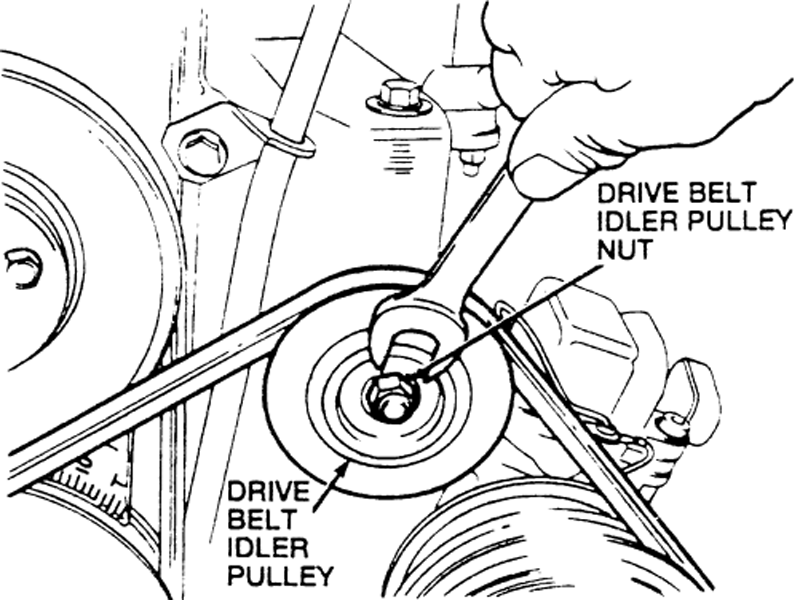Hot and Cold: When your Engine is Hard to Start
Car Starting Issues
In order to surpass this problem and to prevent it as much as possible, learn how to solve it by knowing why it happens.
When a hot engine is hard to start, most of the causes are fuel related problems. Fuel cannot circulate well due to the way in which vapor blocks it. As a result, the engine would not start as easily as it should. In worse cases, it would not start at all. This happens if the engine is extremely hot.
Until after a while the engine was shut off, it would keep on acquiring temperature. The biggest amount of water vapor would be spreading around during this process. It therefore means that during this period, there are higher chances of its obstruction to the engine. So when you are driving in hot weather and you have just turned off the car and you experience difficulty in stating the engine, do not panic. Just wait for a couple of minutes and then start it back.
Because the fuel remains inside the injectors by being under a very intense pressure, engines that are fuel injected do not experience and suffer this problem as much as others do. In this case, fuel injected engines would not become so easily moved by vapors as compared to other engines. From this fact, it can be further deduced that auto mobiles may have different problems in starting their engines.
Another reason of a difficulty in starting a vehicle is the coinciding of the engine's hot temperature to a hot season like the summer. In this scenario, refiners alter from a fuel blend to another. Due to the process where in hot weather causes fuel to evaporate faster, gasoline refiners sometimes alter from a higher hot blooded fuel to a lower one when summer approaches. The fuel could evaporate too much that it would create too much vapor and would eventually inflict the engine. This instance happens when refiners alter back to a higher hot blooded fuel while the engine is still exposed to high temperatures of the summer season.
Now you know why hot engines are hard to start and what to do with it. What about if a cold engine is hard to start?
Difficulty in starting a cold engine is really a problem especially to those living in cold areas. This is experienced due to several reasons, and one of which can be based on the cold effect on liquids evaporation. Less gasoline is evaporated when the engine is cold. This causes the fuel to be more burdensome to burn due to the fact that it is burnt when it is evaporated.
Oil becomes much thicker in cold areas than in hot ones. This is another reason why cold engines are hard to start. Like any other fluids, oil alters its characteristics when it is heated or when it is in a very hot weather. Often times, this causes the oil to have problems at the time it circulates in the engine of the vehicle.
Other car parts that contribute to this problem are the batteries. Under a cold weather, the car batteries sometimes experience problems that consequently affect the engine of the car. When being cold, batteries loose their agility. This is because they do their jobs due to chemical reactions. And when they loose their agility, of course it means that they do not function well. Under these circumstances, the energy of the car is affected and so the engine start is also affected.
Another problem could be the air intake. Like in the case of your Dodge car, theDodge cold air intake, it might not be functioning well that affects the performance of your engine.
If these problems happen together at the same time, they imply a huge problem in starting the engine.
Spray ether into the engine. Use one that would evaporate quickly and help the engine start. Do this to overcome the problem on the lack of gasoline evaporation. Aside from this, you can also use thin synthetic oils in order to prevent very thick oil that would not circulate well. You if can maintain the car from being isolated from cold, better!
When a hot engine is hard to start, most of the causes are fuel related problems. Fuel cannot circulate well due to the way in which vapor blocks it. As a result, the engine would not start as easily as it should. In worse cases, it would not start at all. This happens if the engine is extremely hot.
Until after a while the engine was shut off, it would keep on acquiring temperature. The biggest amount of water vapor would be spreading around during this process. It therefore means that during this period, there are higher chances of its obstruction to the engine. So when you are driving in hot weather and you have just turned off the car and you experience difficulty in stating the engine, do not panic. Just wait for a couple of minutes and then start it back.
Because the fuel remains inside the injectors by being under a very intense pressure, engines that are fuel injected do not experience and suffer this problem as much as others do. In this case, fuel injected engines would not become so easily moved by vapors as compared to other engines. From this fact, it can be further deduced that auto mobiles may have different problems in starting their engines.
Another reason of a difficulty in starting a vehicle is the coinciding of the engine's hot temperature to a hot season like the summer. In this scenario, refiners alter from a fuel blend to another. Due to the process where in hot weather causes fuel to evaporate faster, gasoline refiners sometimes alter from a higher hot blooded fuel to a lower one when summer approaches. The fuel could evaporate too much that it would create too much vapor and would eventually inflict the engine. This instance happens when refiners alter back to a higher hot blooded fuel while the engine is still exposed to high temperatures of the summer season.
Now you know why hot engines are hard to start and what to do with it. What about if a cold engine is hard to start?
Difficulty in starting a cold engine is really a problem especially to those living in cold areas. This is experienced due to several reasons, and one of which can be based on the cold effect on liquids evaporation. Less gasoline is evaporated when the engine is cold. This causes the fuel to be more burdensome to burn due to the fact that it is burnt when it is evaporated.
Oil becomes much thicker in cold areas than in hot ones. This is another reason why cold engines are hard to start. Like any other fluids, oil alters its characteristics when it is heated or when it is in a very hot weather. Often times, this causes the oil to have problems at the time it circulates in the engine of the vehicle.
Other car parts that contribute to this problem are the batteries. Under a cold weather, the car batteries sometimes experience problems that consequently affect the engine of the car. When being cold, batteries loose their agility. This is because they do their jobs due to chemical reactions. And when they loose their agility, of course it means that they do not function well. Under these circumstances, the energy of the car is affected and so the engine start is also affected.
Another problem could be the air intake. Like in the case of your Dodge car, theDodge cold air intake, it might not be functioning well that affects the performance of your engine.
If these problems happen together at the same time, they imply a huge problem in starting the engine.
Spray ether into the engine. Use one that would evaporate quickly and help the engine start. Do this to overcome the problem on the lack of gasoline evaporation. Aside from this, you can also use thin synthetic oils in order to prevent very thick oil that would not circulate well. You if can maintain the car from being isolated from cold, better!















